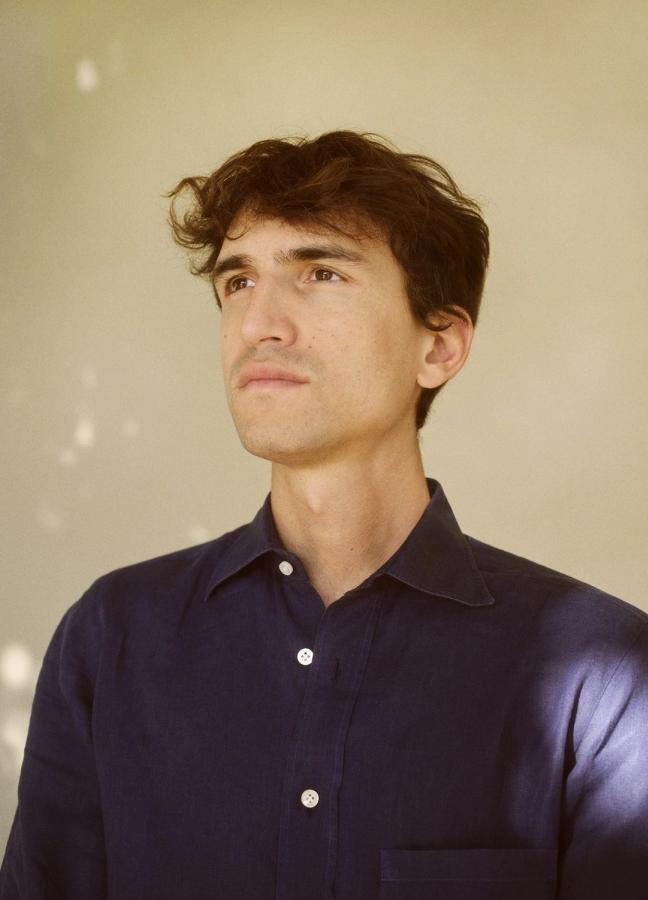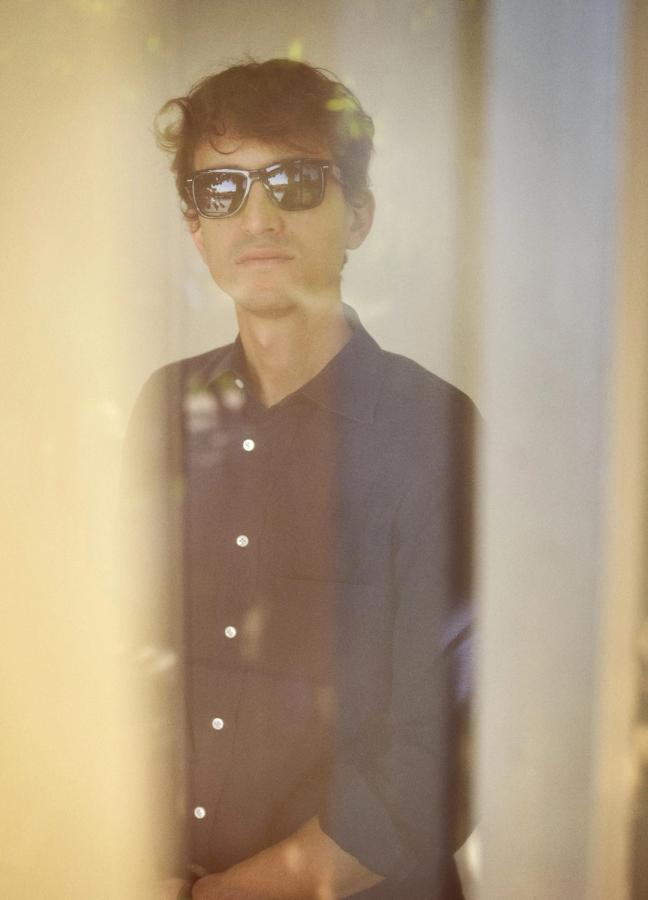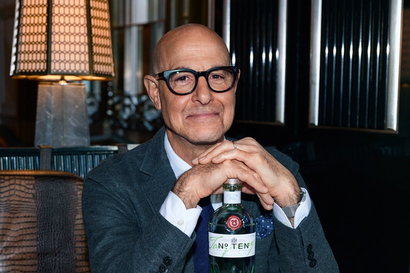In 2016, Italian-born Rocco Basilico was appointed — at just 27-years-old — the CEO of luxury eyewear brand Oliver Peoples. It was a bold move, and one that put the glasses guru in the frame to be named one of the industry’s most transfixing new talents.
Sure enough, the following year, Basilico earned himself a place on Forbes’ career-making ’30 Under 30’ list. And, a year after that, in 2018, he became ‘Head of Luxury House Brands’ at the world’s largest eyewear conglomerate, Luxottica. By 2020, Basilico’s brands were looking to the future, and he had been tasked with revolutionising the wearables industry — starting with Ray-Ban.
And it is here, in a world of micro-technologies, projection lenses and hyper-responsive touch controls, that Basilico has been focusing his energy ever since. Balancing timeless, statement styles with modern mechanics has proven tricky — but the young executive promises that coming years will see even more innovations incorporated into spectacles and sunglasses. Here, he talks working with Meta, preserving brand values and his thoughts on Google Glass…

I think every product, even the earliest, was a step in the right direction, because we are all learning from what comes before us. This is how we understand what works and what doesn’t. When companies have the courage to take the steps in any direction, knowing it is an iterative process, the consumer will ultimately benefit from it.
Long term, I believe technology within eyewear will be the norm. We will see all forward-thinking brands incorporating some aspect of technology in them. The question we then have to ask ourselves is, are we adding this feature to check an ‘innovation box’, or will it genuinely make people’s lives better? Speaking for us, we will always aim high when it comes to our customers. With every tech feature on a frame, there must be value not only in terms of function but also experience. If we don’t see a purpose for the end consumer, we will not pursue it.
There are many micro-technologies in existence today and the components are already there. We are investing heavily in R&D. For example, we recently announced our first optical lens that uses AI to predict eye movement and how people look at the objects around them. It’s called Varilux XR, and later this year, you’ll be able to buy a pair of our frames with those lenses. We aren’t looking at just one aspect of technology. That said, I believe projection in lenses is where we could see the most innovation in the coming years. Once we crack that code, there will be a true shift in the way we live our connected lives.

Our journey in designing Ray-Ban Stories will make a great case study one day. We had the exciting challenge of ensuring the most beloved, iconic sunglasses of all time could be built with as much technology as possible — audio, video, voice control — and fit within a few millimetres of real estate. Our task was basically to give superpowers to the most commonly worn accessory on Earth. With the smart team at Meta, we achieved that.
"The question we ask ourselves is: will it genuinely make people’s lives better?"
Meta is the leader in bringing people together. They are great innovators. The platforms and technologies they’ve built have changed people’s lives. We knew if we could combine their expertise in connecting people through technology with our sense of design and style, together we could make something magical. They are an ideal partner for us. We see progress in the same way: it’s all about delighting consumers, giving them something special and meaningful while also adding more value and deeper connections.

The next revolution will not be about making a better phone. It will be about freedom from the physical phone without giving up any of its connectivity. At some point AI will be applied to smart glasses. The technology exists today — this isn’t something from a sci-fi movie. We just need to figure out how to make it seamless in our lives. We’re in a great position because all of this must be done without sacrificing style. This is nonnegotiable for consumers and we are already blazing that trail.
One of the great things about working with a brand that has remained relevant across generations is that we are not afraid of change or going against the grain. In 1987, Oliver Peoples introduced vintage-inspired eyewear when everyone else was embracing the bold aesthetic of 80s fashion. We experimented with new materials and production methods in Italy and Japan, daring to let our curiosity lead.
Even our collaborations with partners like KHAITE and Brunello Cucinelli are uniquely inspired. We are not afraid to take risks. As long as we stay true to who we are and preserve the DNA that our customers love, we have the credibility to take chances. This is what makes Oliver Peoples a style and not a trend.
Want more interviews? Here’s Ruggero Raymo, co-founder of Portofino Dry Gin, on cocktails, credibility and the Mediterranean coast…
Become a Gentleman’s Journal member. Find out more here.

Become a Gentleman’s Journal Member?
Like the Gentleman’s Journal? Why not join the Clubhouse, a special kind of private club where members receive offers and experiences from hand-picked, premium brands. You will also receive invites to exclusive events, the quarterly print magazine delivered directly to your door and your own membership card.


